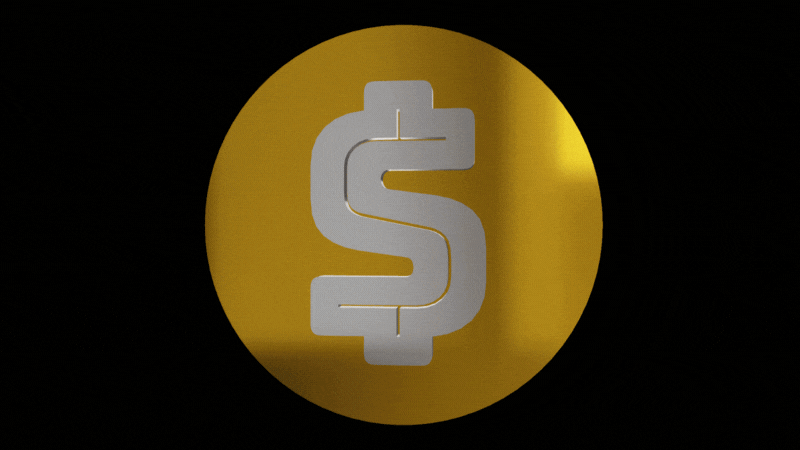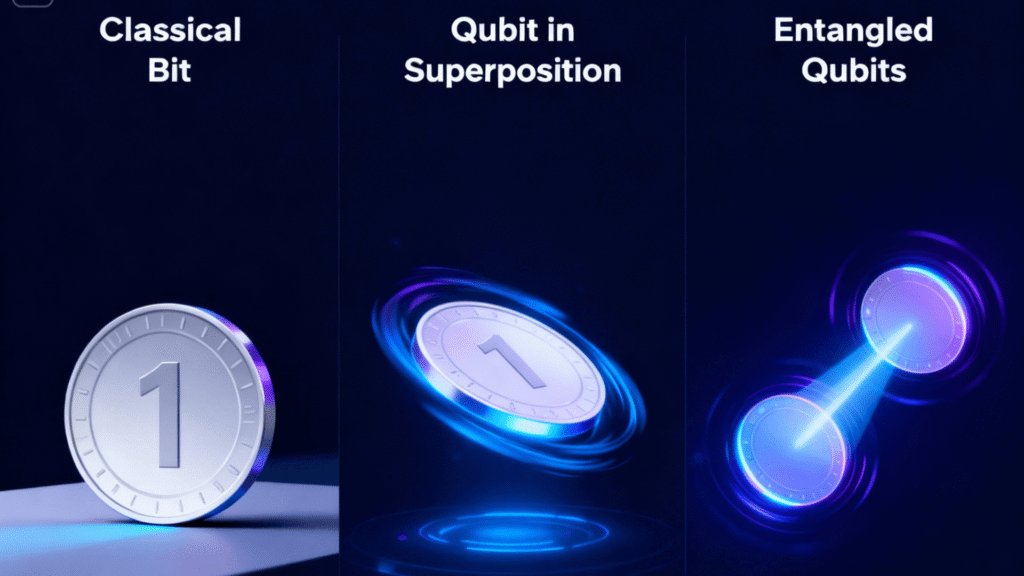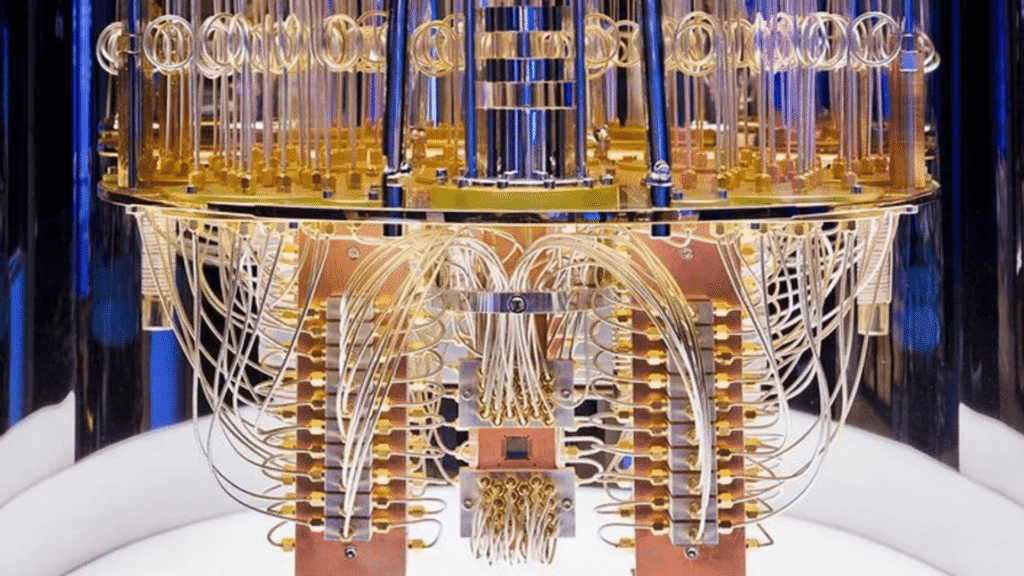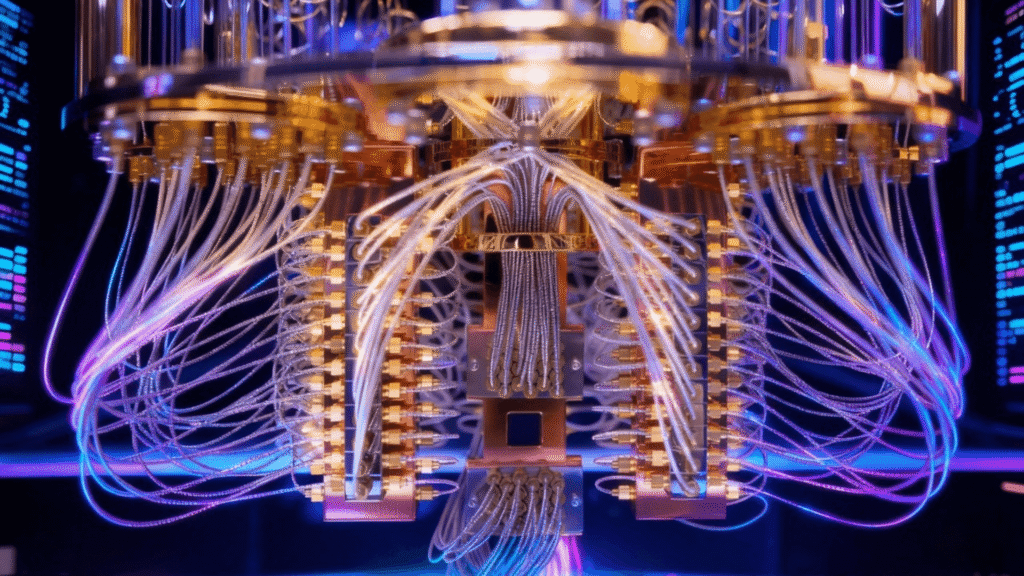Quantum Computing: The Ultimate Guide
When it comes to quantum computing, let’s just call it like it is, yeah? We get all starry-eyed about our gadgets—those slick phones, beastly gaming rigs, laptops that cost more than rent. They look tough, but honestly, they all end up face-planting on the same curb. Easy stuff? No problem. But as soon as you ask them to do something nuts, like, “Hey, why don’t you simulate every atom in this new med and see if it cures anything?”—they basically catch fire. Curing Alzheimer’s? Our classical computers just nope out, like, “Bro, I’m not paid enough for this.”
That’s where a new species of machine comes in. Instead of slogging through a maze one path at a time, a quantum computer could blitz through every single path all at once. Freaking bonkers, right? This guide will explain how quantum computers work, their real-world applications, and what the future of quantum computing holds.
The Limits of Classical Computing: How Traditional Computers Work
Every gadget you’ve ever used runs on a dead simple thing called a bit. It’s basically a light switch: either ON (a 1) or OFF (a sad little 0). That’s it. For your basic needs, bits are absolute champs. Email, cat videos, Insta-stalking your ex—all day, baby. But the minute you ask it to do something wild, the math spirals outta control. The difference in quantum vs classical computing lies in this fundamental limit.
Quantum Computing Basics: Qubits, Superposition and Entanglement
Now for the fun stuff. Quantum computers don’t mess around with bits. Nope. They use qubits, which run on the weird rules of quantum mechanics.
Spinning Coins and Superposition
If a bit is a coin on a table—heads (1) or tails (0)—a qubit is like flipping that coin and watching it spin in midair. While it’s spinning, it’s a blend of both possibilities at the same time. Physicists call this superposition. This is what lets a quantum computer juggle countless outcomes at once, like a cosmic multitasking ninja.

🎮 Mini Quiz Time!
If a qubit can be in 0 and 1 at the same time, what do you think happens when you have 300 of them?
A) The universe explodes 🌌
B) You get more combinations than atoms in the universe ✨
C) Nothing much 🤔
(Hint: The answer is B, and it’s why quantum computing is so powerful!)
With just 300 qubits, you’ve got more possible states than there are atoms in the entire known universe. That’s exactly why quantum computers can solve problems regular computers wouldn’t touch with a ten-foot pole. (Source: MIT Technology Review)
“Spooky Action at a Distance”: The Magic of Entanglement
If you thought superposition was weird, the next principle of quantum computing will melt your brain. Einstein called entanglement “spooky action at a distance.” Picture two “magic twin” coins. The second your coin lands on heads, you instantly know your friend’s coin, light-years away, is tails. Two qubits get tied together so whatever happens to one, boom, it affects the other instantly. This is the secret sauce behind crazy quantum algorithms.

Applications of Quantum Computing in Medicine, AI and Finance
This isn’t just a science fair curiosity. Here are some of the real-world problems **quantum computing** is expected to solve:
- Revolutionizing Medicine and Materials Science: Instead of guesswork, scientists could perfectly simulate molecules to design hyper-effective drugs or create revolutionary materials like room-temperature superconductors. (Source: IBM Quantum Applications)
- Turning Finance and Logistics Into a Cheat Code: Quantum computers can solve insane optimization puzzles, from creating the perfect investment portfolio to plotting global shipping routes that save millions in fuel.
- Quantum AI: Strapping a Rocket to Machine Learning: Training massive AI models could be done in a fraction of the time, helping to accelerate breakthroughs in everything from climate science to drug discovery. This is a key part of the future of Artificial Intelligence.
- The Sword With Two Edges: Breaking Encryption: This is where it gets freaky. A powerful quantum computer could break most of the encryption that protects our bank accounts and private data today. This has started a global race to develop “quantum-resistant” cryptography.
Fonte: Simplilearn
Quantum Computing Challenges: Decoherence, Errors and Noise
So, if quantum computing is so powerful, where’s your quantum computer? Honestly, building one is a nightmare. The big villain is “noise” (or decoherence). Qubits are jumpier than a chihuahua on Red Bull. A tiny vibration or change in temperature can make the quantum state collapse, destroying the calculation. It’s like trying to balance a coin on its edge during an earthquake.
To prevent this, most quantum computers must be kept in massive refrigerators at temperatures colder than deep space—fractions of a degree above absolute zero. On top of that, you need thousands of error-prone physical qubits just to create one reliable “logical qubit.” (Source: Google AI Quantum)

👉 Want to Play With a Real Quantum Computer?
You can! Click the button below to test the official IBM Quantum Composer right in your browser. It’s the best way to get a feel for how quantum circuits are built.
The Future of Quantum Computing: What to Expect
Look, don’t dump your laptop in the trash just yet. For 99% of your digital life, your regular computer is still the champ. True quantum computing is a hyper-specialized tool for the really gnarly jobs. In the near future, you’ll access them via the cloud for high-stakes problems in science and industry. We’re living in the quantum equivalent of the 1950s—these things are massive and delicate. But every revolution starts a little clunky. We’re just figuring out how to speak the universe’s weirdest language. The future of quantum computing is being built now.

Will quantum computers replace normal computers?
Nope. Not even close. Quantum computers are specialized tools for solving hyper-complex problems. For everyday tasks like email, games, or watching videos, your normal computer is still the champion.
What is 'quantum supremacy'?
Quantum supremacy (or quantum advantage) is the moment a quantum computer successfully performs a task that no classical supercomputer could realistically complete. Google claimed to have achieved this in 2019 with its Sycamore processor.
Want to Stay Ahead of the Curve?
Our newsletter is coming soon. In the meantime, continue your journey into the future of technology.
» Explore Our Guide on OpenUSD, the Tech Building the 3D Internet «







